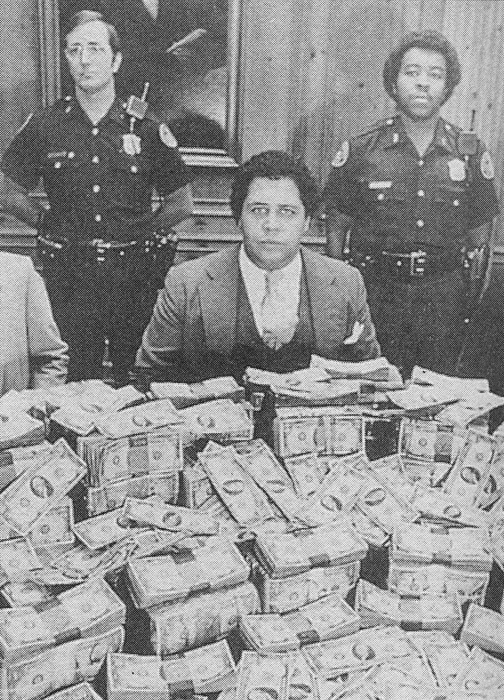
If you’re trying to figure out how hip hop works in Atlanta – you inevitably start asking yourself how the city itself works. Sooner or later it becomes clear that the structure of the hip hop community in Atlanta is inextricably tied to the structure of the city and its economic history. Gary Pomerantz’s 1996 book Where Peachtree Meets Sweet Auburn tells Atlanta’s story by following the rise of two of Atlanta’s most influential families – one black and one white – that gave the city its most famous mayors. There’s tons of great trivia here: Atlanta was originally called Terminus, then Marthasville, then someone decided to call it Atlanta, a made up name, a feminization of “Atlantic”; Glen Iris Drive becomes Randolph Street once you pass over Ralph McGill because whites didn’t want to live on the same street as blacks (in name only apparently) – but the best parts of the book detail the intertwining economic and racial histories of Atlanta. Atlanta became the South’s commercial center because it almost always put economics over race (most notably, after the Civil War, with Booker T. Washington’s “Atlanta Compromise”; and later, while many large Southern cities crippled themselves with racist policies and racial unrest in the 1960′s and 70′s, Atlanta’s black and white business elite were carefully negotiating to avoid the same fate). Much of Where Peachtree Meets Sweet Auburn is devoted to stories in which racial and political friction is eased by putting the city’s business concerns first. Not to say that Atlanta doesn’t have a complicated racial history (take a drive down Auburn Street today), but looking at the city as an economic entity first, goes a long way towards explaining that history – and the history of Atlanta hip hop. A 1913 investment brochure from Atlanta’s Chamber of Commerce describes the city as “Beautiful, hustling, sunny Atlanta”. It’s almost a hundred years later and the hustle hasn’t left.
Photo: “In one of the most enduring images of modern Atlanta, Mayor Maynard Jackson sits before the $100,000 reward money offered during the Missing & Murdered crisis of 1979-82.”
- Where Peachtree Meets Sweet Auburn; pg. 314
|
|
